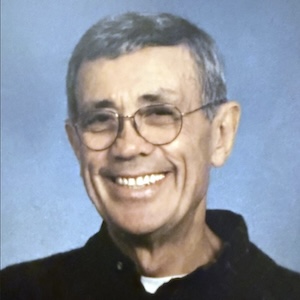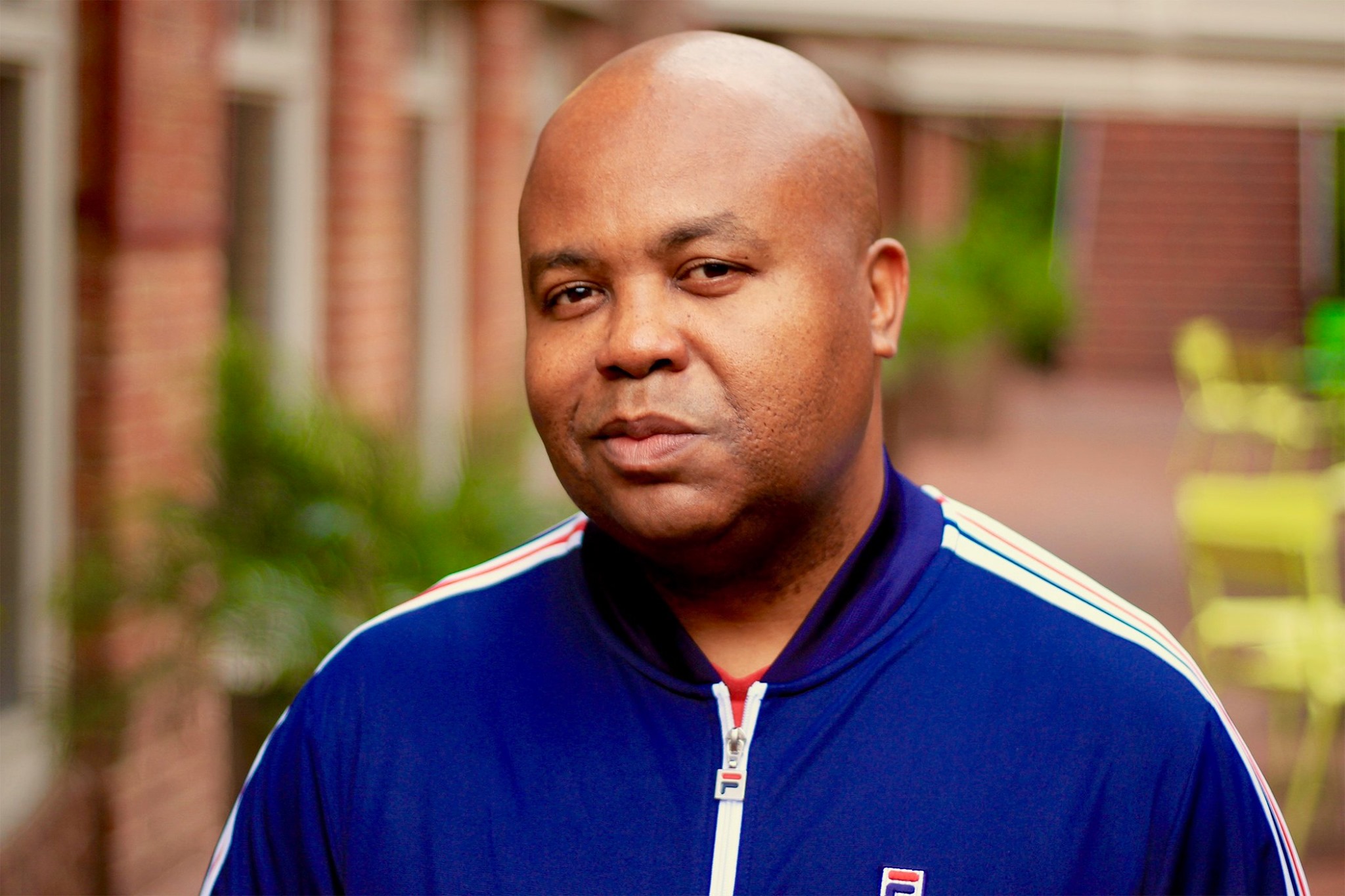Appropriation cut, lack of channel doom FM for young Latino L.A.
Los Angeles Public Media, the CPB-backed startup that hoped to serve a new generation of minority listeners in one of the nation’s most competitive and ethnically mixed media markets, shuttered its operations June 15 after failing to acquire an FM station and secure renewed support from CPB.
Radio Bilingüe, the Fresno-based public radio network that oversaw LAPM, disbanded the staff of five and stopped adding material to its website, LA>Forward, launched last fall.

Without a radio channel, L.A. Public Media focused on creating the video-rich website LA>Forward, which profiled musicians and community activists. Graffiti artist Charles “Chaz” Bojorquez (top), French-Chilean rapper Ana Tijoux, and Alan Pinel of the Burrito Project, which feeds homeless people in South Pasadena. (Images: LAPM.)
Like a number of other forward-looking CPB projects, LAPM became an aftershock casualty of the House-Senate conference committee’s agreement to cut $30 million of CPB’s requested $36 million add-on appropriation for digital projects. CPB had given Radio Bilingüe $2 million in 2009 to start LAPM, and project leaders had hoped for a renewal.
“We’re obviously disappointed,” said Hugo Morales, Radio Bilingüe founder and executive director. He was notified in mid-May of CPB’s decision to stop funding LAPM. “It was a surprise and not something that I anticipated.”
Though LAPM launched with ambitions for a vibrant web presence, the multiplatform service plan needed radio to reach a sizeable audience in the vast metro area. With no broadcast signal to attract its target audience of young, English-speaking Latinos and other minorities, it had no engine to drive traffic to LA>Forward.
Web stats provided by Morales show that LA>Forward never topped 9,000 monthly page views, and the average time spent on the site peaked last September, when the site launched.
Mike Henry of Paragon Media Strategies, research consultant to the project, lauded LAPM’s achievements in defining a new target audience for public radio and creating content that was directly relevant to that audience.
With LA>Forward, LAPM demonstrated how to combine news, culture and community-oriented content and present it “through the prism of the target audience,” Henry said.
“This was not a room of old white people trying to make content for young Latino people,” he said. LAPM’s team of producers and content creators fit the demographic profile of the target audience and brought sensibilities and interests that made the service credible to the target. “I hope that public radio learns from this — that you can’t fake it,” Henry said.
The lack of an FM channel and the funding to secure one seriously handicapped LAPM, according to Henry. When it became clear that the project couldn’t find an adequate frequency, he said, “the continued expense of a web-only service was brought into question.”
Public Radio Capital led the frequency search, starting first with KCSN-FM, a station owned by California State University, Northridge. After talks between the university and LAPM ended in spring 2009, KCSN dropped classical music in March 2010 for a contemporary Triple A music format, run primarily on automation.
“Basically KCSN pulled out with the feeling that it wasn’t a good fit for us and that the Triple A format would work better,” said Karen Kearns, g.m. Cal State, with its entertainment-industry curriculum, saw music as a “better fit” programmatically, Kearns said. It also wanted to preserve student involvement in KCSN’s news department.
Public Radio Capital continued to scan for frequencies, working out a potential deal to buy two sister FMs on commercial channels, KDAY and KDEY on 99.5 MHz in Redondo Beach and Riverside, according to Marc Hand, PRC co-managing director. Those stations were later sold to another buyer after efforts to raise the $1 million down payment failed.
To swing the two-station deal, LAPM would have taken on roughly $35 million in debt, but under PRC’s business model would have operated only KDAY in Redondo Beach as a noncom, Hand said. To cover costs, it would have operated the Riverside station commercially, generating revenues for LAPM.
Once renowned as a groundbreaking hip-hop outlet, KDAY would have been a good match for LAPM, Hand said. “The audience demographics were almost exactly what L.A. Public Media was looking for in terms of a mixed ethnic demographic of younger listeners,” he said.
“We needed $1 million in cash up front, and there was a window of several weeks to make it happen, but we couldn’t raise the money,” Morales said.
CPB declined to discuss the project with Current, but a spokesperson hinted that the corporation is working on new initiatives in the L.A. area.
Planning for L.A. Public Media began in 2006 with a research project led by American Public Media Group’s KPCC (Southern California Public Radio) in Pasadena. That study identified young, educated Latinos as the target audience. When CPB asked for proposals to develop the L.A. service, KPCC and Radio Bilingüe competed for the job and tried to negotiate a partnership. But KPCC withdrew, and CPB unveiled the grant to Radio Bilingüe in July 2009.
At the time, CPB radio chief Bruce Theriault planned to assist the project for five years, aiming to build a medium-sized station with a budget of some $3 million. It would have been funded with a traditional pubradio mix of philanthropic support, sponsorships and individual donations.
Though the CPB spending didn’t lead directly to a new station in southern California, Henry and Morales believe the investment in L.A. Public Media will help pubradio conceive new services for minority audiences.
“I thought it was really incredible of CPB to have funded the project,” Morales said. “Their main interest was to serve young Latinos in L.A…. This is a trailblazing study that helps point the way about what the opportunity is for public media. I’m extremely proud of what was done with CPB’s resources.”
L.A. Public Media’s video-rich website remains online at blogs.laforward.org.
EARLIER STORIES
Torey Malatia describers Vocalo: It’s public radio with nearly everything different, including the name, 2007.
Vocalo’s test ahead in Chicago: Will it be in with the out crowd? 2008.
Los Angeles: Radio Bilingüe project has target but no channel yet, 2009.
Michael Eric Dyson to try again for public radio stardom, October 2009.
Project for L.A.’s youth of color still lacks FM channel, 2010.
LAPM planner joins Deep Chat roundtable on subject of public radio’s service to new audiences.
RELATED LINKS
Archive of L.A. Public Media’s LA>Forward blog
Sue Schardt of AIR asks: Are we here for 11 percent of the public or for all of it?
Suspension of operations announced, June 2011.








[…] Radio Bilingüe perceived $2.4 million in CPB assist to start adult L.A. Public Media as an online-only use and pursue skeleton to work a radio sinecure with interrelated programming, though couldn’t secure an FM frequency. CPB withdrew a support from L.A. Public Media in 2011, shortly after a digital allowance was slashed. […]